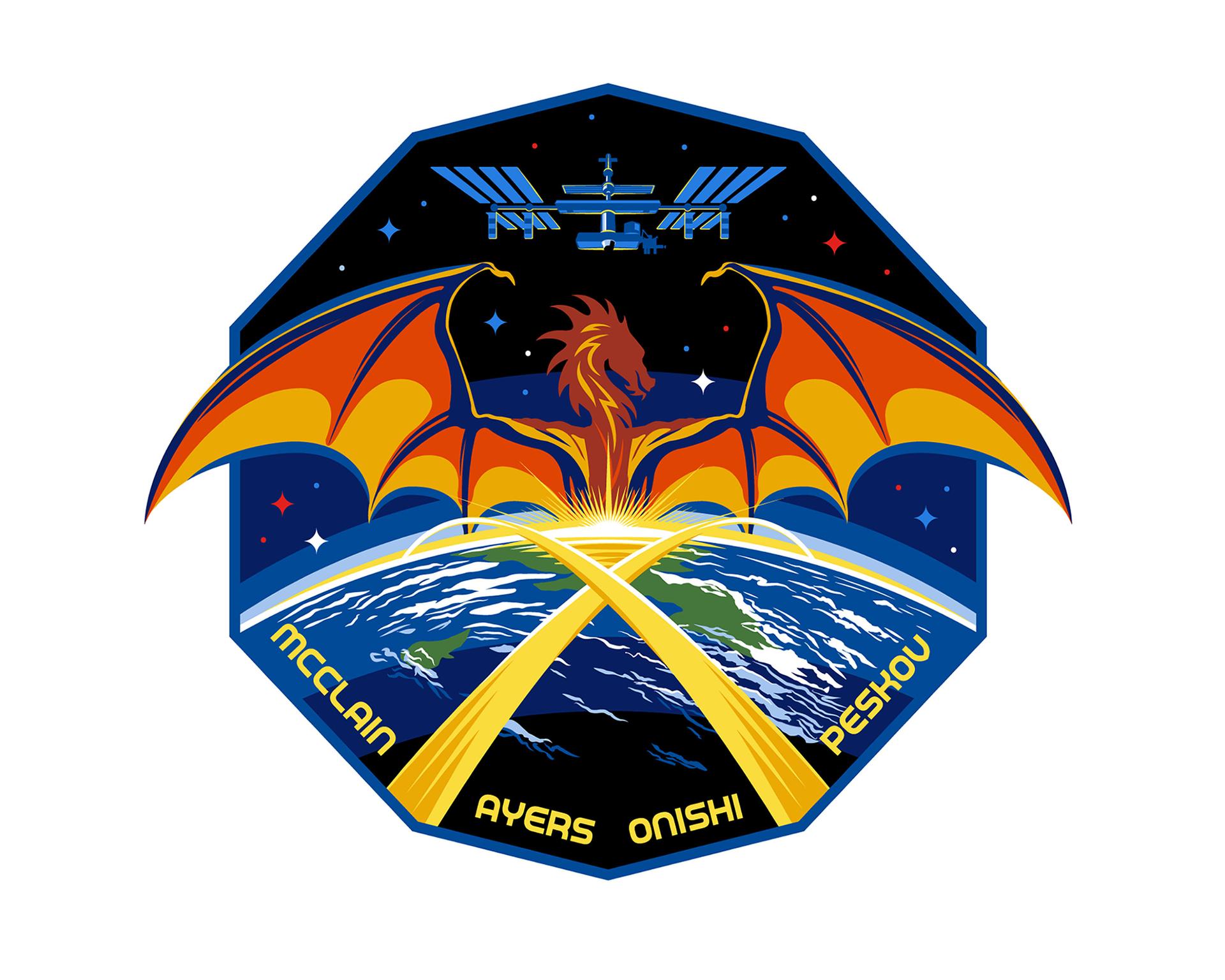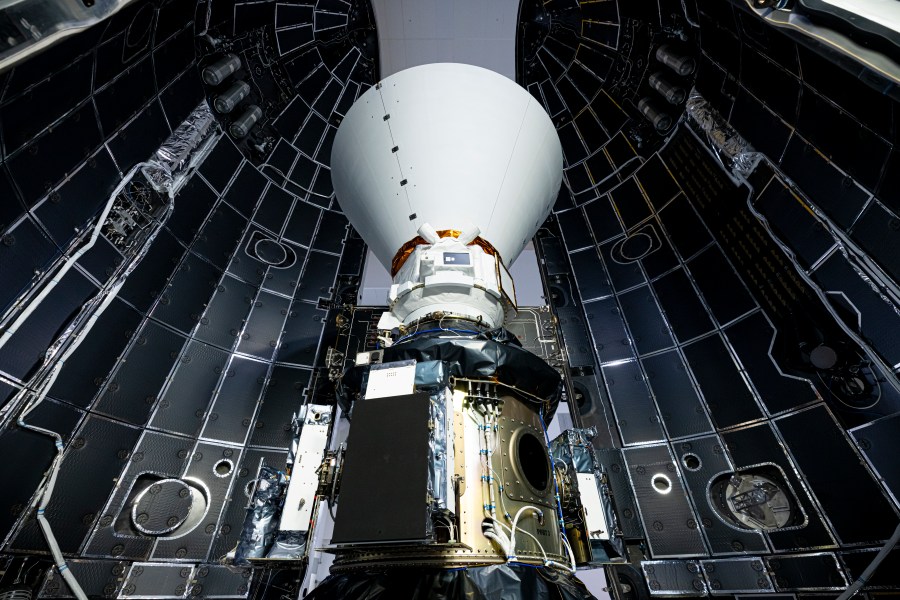NASA, SpaceX, and international partner teams polled “go” to continue launch preparations following the conclusion of the Flight Readiness Review today at the agency’s Kennedy Space Center in Florida. NASA’s SpaceX Crew-10 remains targeted to launch at 7:48 p.m. EDT on Wednesday, March 12, aboard a SpaceX Falcon 9 rocket at Launch Complex 39A at […]
NASA’s SpaceX Crew-10 Proceeds Toward Launch, Hosts News Conference
































